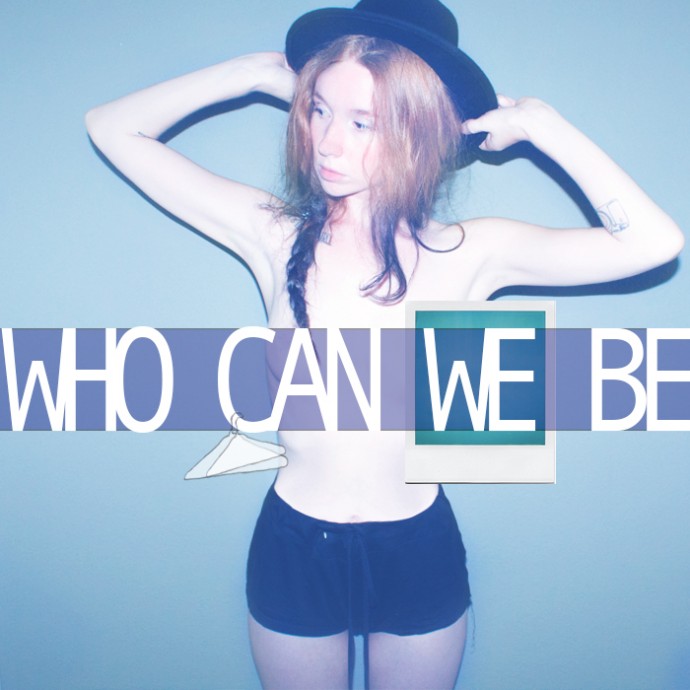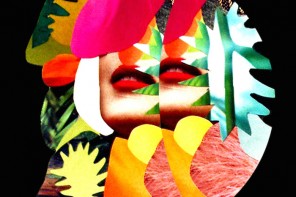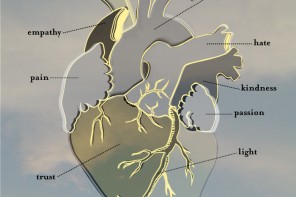Diana Patient has followed her dream of becoming a successful photographer–but was only willing to do so on her own terms. She reveals how she escaped the pitfalls of the modeling industry and found the strength within herself to choose her own fate.
Photography, for me, is a way of telling stories and exploring philosophies, theories, and ideas. I want to create photography with thought behind it. My own philosophy for a long time has been, ‘Who can we be?’ There is something about a camera. It reveals what it wants to and it lets the person in front of it be whoever they want to be in that moment. You can reveal what you want to reveal–tap into something that was perhaps always there, but maybe society made you feel like you couldn’t perform comfortably. This mainly applies to portrait work, I suppose, but also goes for documentary photography. You can reveal what you want of the world through a lens in a way that tells some sort of story. You can show what the world can be according to a certain filter that you, as a photographer, place on it. I think the camera is a really innovating tool for opening up different possibilities to reinvent.
It has also allowed me to do my own self-portrait work, to be my own subject, and remain in full control as the person both behind and in front of the camera. Each of these roles have been equally important to me, and the reason I know this is because I myself have dabbled in modelling work in the past. And most of the time, in the serious jobs, I felt like a coat hanger. Of course there were the great jobs, and models at the very top of their professions are probably treated better, but my experiences weren’t great. I remember I was doing a job once and I was tremendously excited to meet the designer, because I was a great fan of his work. When he arrived, he went around and everyone was introduced to him but me–everyone! Even the dresser got introduced and she was standing right next to me! I was just completely bypassed. This happened a lot. People don’t really ask you your name or look you in the eye. A lot of models I know have similar complaints: not being recognised, being hit on by the male photographer, or not being acknowledged for their contribution to the photographs or the clothes.
And yet being a photographer myself, I know that the models I work with are bringing a part of their soul to you to photograph. It’s amazing, and it needs to be accredited. With self-portraiture, I aim to recreate the look of editorial fashion photographs, using designers’ clothes. With me being the one who’s taking the photographs as well as wearing the clothes, I’m sending a message, “Look–it’s both.” The role of the model can be just as powerful as the photographer’s. I can set up the lighting, choose the time and place, but in the end, that’s me at the end of the camera expressing myself.
It’s affected the way I treat my own subjects. I always want to make sure that they feel comfortable, so I talk to them before the shoot and get to know them. It’s important to recognise that you’re collaborating with another artist, not a little puppet that will do whatever you want. And working with people on creative portraiture, I like to ask these people what they want to do, what is their dream? It could be something bonkers, like jumping from a cliff into the sea. And I’ll say, “Let’s see what we can do.” One girl had written a poem about Little Red Riding Hood. It was all about voyeurism and quite dark, and we ended up exploring that in the photographs. My aim is to create a world for people to come and play in.
My success as a photographer has come gradually. I look back to when I was younger and see myself as such an arrogant little purist. I used to do a lot more painting and only took pictures to explore an idea beforehand. I thought photography was cheating! Now I can see that that’s ridiculous. My love of stories led me to study English Literature and Creative Writing at university. Writing a dissertation or a final creative piece is a slow process, which takes up to a year. It was great, but I had all these ideas bundled up inside of me, which I was so desperate to express. Photography was a great way of instantly getting them out there, and when I started to make money from it, I decided that it was the path to take. From then on it was a learning curve and not just about instant gratification anymore. It certainly wasn’t like studying, because you are conscious of making a living. You really have to learn to prioritise. You have to do the thing that’s burning inside you first, otherwise it will never get done, there’s not enough time. So you can’t do things for the sake of it being easier, or if it makes you feel that at least you’re doing something and earning money. You really have to go for the hardest thing.
I think that being able to achieve something professionally with photography made me realise that I was more in control of my career than I thought I was. You feel like you’re at the mercy of anyone who’s going to hire you, but actually you can create a job and hire yourself. That was one of the big lessons I learned. It was going to be long, hard work, but if I wanted something, it was possible to go out and get it. I realised I could design my own career. If you feel scared to get to that point, to shut up the little voices in your head telling you you’re crap all the time, saying that you can’t do it, you just have to tell them, “No!” and carry on. Now I have two or three projects that I’m really, really excited to pursue, and I’m putting all the worry about whether I should do the job on the back burner. I feel empowered to just go for it once again.
I also remember a specific memory that gives me inspiration. When I was fifteen, I painted an oil painting for school. My mum said I could have a week off school if I just finished. So I took a week off and sat in front of a huge canvas almost as big as I was, having never painted an oil painting before. Even though I was a little scared, I was young and naive enough to just put it to the back of my head. I painted solidly for a week and in the end the empty canvas had become a beautiful siren on a rock–deemed good enough to be hung in the headmaster’s office. So when I have a project that I really want to do and I have no idea how I’m going to do it in terms of finance or logistics, I just think of that empty canvas and I know I can get to the other side.
Sure it’s scary, but if it’s something that terrifies you, then it’s probably the right way to go. If you have an idea and find yourself constantly doing other work, forgetting to type your application form, whatever, it’s probably because it really means a lot to you and you really want it. So you have to just sit down and do it and not kid yourself that it’s going to be easy. If you want something very much, it will be hard and nothing will make it easier–not listening to music or eating nice food while you work. You just need supportive people around and discipline to turn that fantasy into a reality. Just take it from me. I’m sculpting a career which, so far, has taken me around Europe, thrown me in the path of the most wonderful people, and given me the creative outlet that I’ve always dreamed of having. Every second is worth it.







